- Great Learning
- Free Courses
- It & Software
Learn Data Structures and Algorithms in Java
Data Structures & Algorithms in Java
This free course on Data Structures & Algorithms in Java taught by industry excerpts helps you learn the basic concepts such as Complexity, Recursion, and the Tower of Hanoi. Best for Beginners. Start now!
Data Structures & Algorithms in Java
179.2K+ learners enrolled so far
Stand out with an industry-recognized certificate
10,000+ certificates claimed, get yours today!
Get noticed by top recruiters
Share on professional channels
Globally recognised
Land your dream job

Skills you will gain
Data Structures Basics
Importance of Data Structures
Algorithms Introduction
Time Complexity
Recursion Fundamentals
Recursive Functions
Recursive Trees
Tower of Hanoi
Sorting Algorithms
Bubble Sort
Quick Sort
Merge Sort
Insertion Sort
+8 More
Key Highlights
Get free course content
Master in-demand skills & tools
Test your skills with quizzes
About this course
Learn to store and organize data efficiently through this free Data Structures and Algorithms in Java course. You will first learn about data structures and their significance. You will then get familiar with algorithms and time complexity. Further, you will understand recursion in depth. You will learn about the recursive functions, recursive tree, and internal mechanism of recursion.
The example of the Tower of Hanoi will help you comprehend it better. Lastly, you will go through sorting algorithms in detail. Enroll in this free Data Structures and Algorithms in Java course and gain a certificate.
Realize your career goal of acquiring advanced software skills with Great Learning's well-established Software Development Courses. Enroll in the top programs of your interest and achieve certificates of course completion.
Course outline
What is Data Structure?
A data structure is a method of arranging data to be used effectively. This module focuses on introducing you to Data Structures.
Importance of Data Structure
Data Structures are the backbone of any programming language. This module explains the significance of Data Structures.
Introduction to Algorithm
This module introduces you to the algorithm and its role in coding.
Time Complexity
Time Complexity represents the number of times a statement gets executed. This module explains time and space complexity, and you will learn to find algorithms' time and space complexity.
Additional Example of Time Complexity
This module gives you a better understanding of time complexity with the help of the code example.
Importance of Recursion
This module explains the importance of recursion in programming languages.
What is Recursion?
Recursion is a technique in which a function calls itself one or more times in its code. This module helps you understand recursion in detail.
Example of Recursion
Examples are the best way to understand any concept. Thus, this module consists of examples of recursion that will help you understand it better.
Steps to Create Recursive Function
To learn and execute recursion, you must be thorough with the steps involved. This module addresses the steps involved in creating recursive functions.
Recursive Function Examples
This module has examples of recursion that explains termination condition, business logic, and the recursive call steps to help you understand recursion better.
Recursion in Tree
This module explains what recursion is and how it works in the context of a tree.
Internal Mechanism of Recursion
It is essential to understand the internal mechanism of recursion as it is one of the significant concepts of programming languages. This module focuses on the internal mechanism of recursion and explains it with the help of a stack example.
Assignment Solutions
This module contains solutions for the various recursion problems that address their time complexity.
Tower of Hanoi
Tower of Hanoi is a mathematical puzzle or a game that will help you understand the stack and recursion concept. This module aims at familiarizing you with the recursion through the Tower of Hanoi concept.
Tower of Hanoi Example
This module helps you understand the Tower of Hanoi concept better by explaining the concept with the help of an example.
Need for Sorting Algorithm
Sorting algorithms are considered a significant part of programming. Before getting started with sorting algorithms, it is crucial to understand their need and this module focuses on addressing their importance.
Types of Sorting Algorithm
This module familiarizes you with the various types of sorting algorithms present.
Bubble Sort
Bubble sort is a simple sorting algorithm that repeatedly steps through the list to be sorted. This module explains bubble sort and its algorithm in detail.
Quick Sort
Quick sort is a sorting algorithm that uses a partitioning step to divide an array into subarrays, followed by a sorting step to sort the subarrays. This module explains the quick sort, time complexity, and algorithm with an example and demonstration.
Merge Sort
A merge sort is a sorting algorithm that sorts items by dividing them into two groups, sorting each group, and then merging the groups back together. This module explains the merge sort, time complexity, and algorithm with an example and demonstration.
Insertion Sort
Insertion sort is a sorting algorithm in which each element is inserted into its correct position in a sorted array. This module explains insertion sort, time complexity, and algorithm with an example and demonstration.
Get access to the complete curriculum once you enroll in the course
Stand out with an industry-recognized certificate
10,000+ certificates claimed, get yours today!
Get noticed by top recruiters
Share on professional channels
Globally recognised
Land your dream job

Data Structures & Algorithms in Java

6.0 Hours
Beginner
179.2K+ learners enrolled so far
Get free course content
Master in-demand skills & tools
Test your skills with quizzes
Refer and earn
Get learning discounts up to $20
Level up with advanced skills & become job ready with Pro+
Subscribe to Pro+ today to build skills with 50+ Pro courses and prep for jobs with advanced AI tools.
.png)
Applied Data Structures & Algorithms in Java

Practice exercises

Guided Projects

AI Resume Builder

AI mock interviews
Get course + certificate with Pro+ subscription
Learner reviews of the Free Courses

5.0
5.0
5.0

5.0

4.0
5.0

5.0
Frequently Asked Questions
Will I receive a certificate upon completing this free course?
Is this course free?
What prerequisites are required to learn this Data Structures and Algorithms in Java course?
This is a beginner's course, and learners can start learning it from scratch without prior knowledge.
How long does it take to complete this free Data Structures and Algorithms in Java course?
This free course contains four hours of video content that can be completed according to the learner's pace.
Will I have lifetime access to the free course?
Any learners who wish to revisit our free course can do so at any time and brush up on their knowledge of Data Structures and Algorithms in Java.
What are my next learning options after this Data Structures and Algorithms in Java course?
Post this free course, you can enroll in the Full Stack Developer Course that covers advanced topics required in Software Development.
Is it worth learning Data Structures and Algorithms in Java?
It is definitely worth learning Data Structures and Algorithms in Java as Java is one of the most popular programming languages and is widely employed in the industry. Learning Data Structures and Algorithms will help you write more optimized and efficient code in Java.
What are Data Structures and Algorithms in Java used for?
Data Structures and Algorithms in Java store and process data efficiently. They are used to improve the performance of applications by organizing data in a way that is easy to access and manipulate.
Why are Data Structures and Algorithms in Java so popular?
There are a few reasons for this:
- Java is a popular trending language in general, so many Java programmers are out there.
- Data structures and algorithms are essential topics in computer science, so there is a lot of demand for resources on these topics.
- Java is a relatively easy language to learn, so it is a good choice for people who are just starting to learn to program.
- There are a lot of Java libraries that make it easy to implement data structures and algorithms.
What jobs demand that you learn Data Structures and Algorithms in Java?
Many jobs demand that you learn Data Structures and Algorithms in Java, some of which include:
- Software Engineer
- Programmer
- Database Administrator
- System Analyst
What knowledge and skills will I gain upon completing this Data Structures and Algorithms in Java course?
You will learn about essential topics like recursion, calculating the complexity of the code, and sorting algorithms.
How much does this Data Structures and Algorithms in Java course cost?
This course is offered for free, and learners don't have to pay any cost to register for this course.
Is there a limit on how many times I can take this Data Structures and Algorithms in Java course?
This course has not imposed any limit on learners; they can revisit it whenever they feel the need for it.
Can I sign up for multiple courses from Great Learning Academy at the same time?
Great Learning Academy offers free courses in multiple domains, and the learners are free to register for more than one course, which enables them to strengthen their career goals.
Why choose Great Learning for this Data Structures and Algorithms in Java course?
Great Learning Academy is well known for its free courses incorporating industry knowledge that helps learners upskill their careers. This free course is beginner-friendly and tends to empower learners with a solid knowledge base on Data Structures and Algorithms in Java.
Who is eligible to take this Data Structures and Algorithms in Java course?
As this free course is explicitly designed for beginner-level learners, any enthusiast can enroll in this course and start learning from scratch.
What are the steps to enroll in this course?
- You can search for the free course "Data Structures and Algorithms in Java" through the Search bar at the top of the Great Learning Academy.
- Once on the page, you can register for the course through the enroll button.
Become a Skilled Professional with Pro Courses
Gain work-ready skills with guided projects, top faculty and AI tools, all at an affordable price.


View Course

Included with Pro+ Subscription

View Course

Included with Pro+ Subscription
.jpg)
View Course

Included with Pro+ Subscription


View Course

Included with Pro+ Subscription


View Course

Included with Pro+ Subscription

View Course

Included with Pro+ Subscription

View Course

Included with Pro+ Subscription

View Course

Included with Pro+ Subscription

View Course

Included with Pro+ Subscription

View Course

Included with Pro+ Subscription

View Course

Included with Pro+ Subscription
.jpg)
View Course

Included with Pro+ Subscription

View Course

Included with Pro+ Subscription


View Course

Included with Pro+ Subscription




View Course

Included with Pro+ Subscription


View Course

Included with Pro+ Subscription
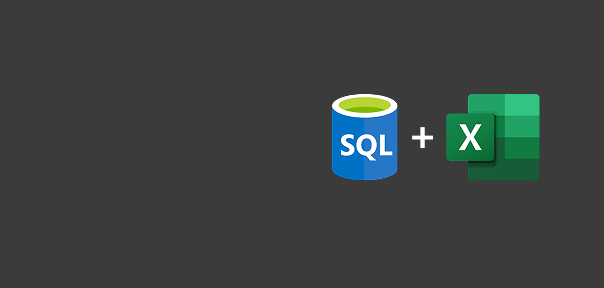

View Course

Included with Pro+ Subscription


View Course

Included with Pro+ Subscription


View Course

Included with Pro+ Subscription


.jpg)
View Course

Included with Pro+ Subscription
.png)
View Course

Included with Pro+ Subscription

View Course

Included with Pro+ Subscription

View Course

Included with Pro+ Subscription
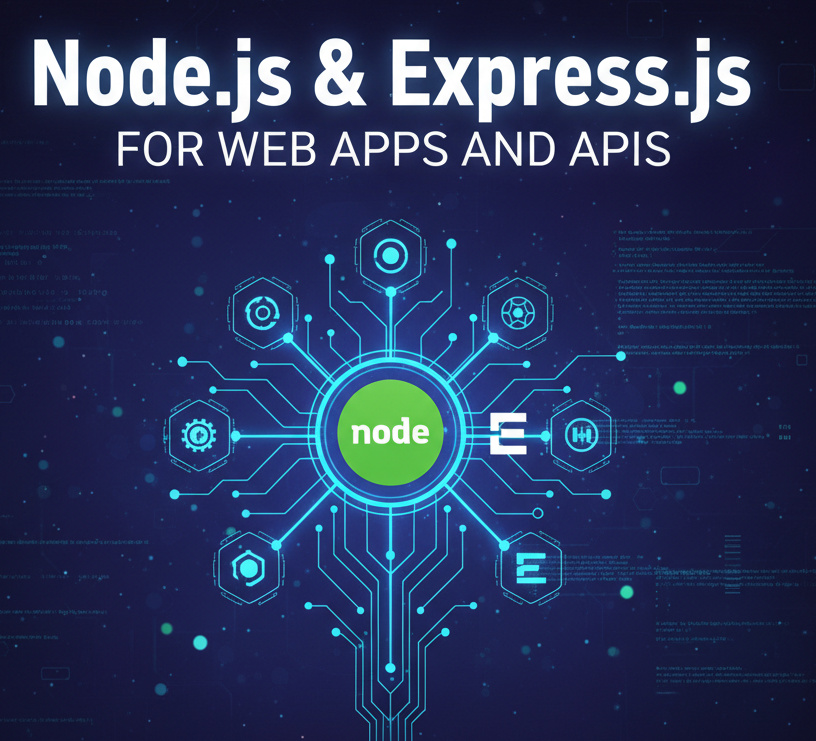
View Course

Included with Pro+ Subscription
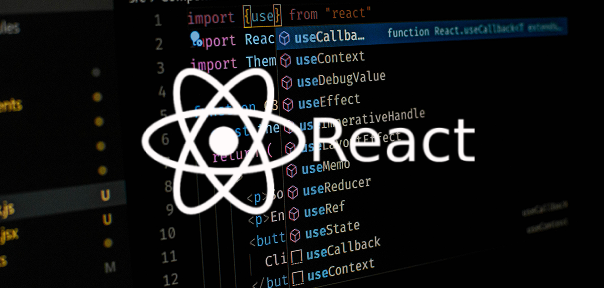
View Course

Included with Pro+ Subscription
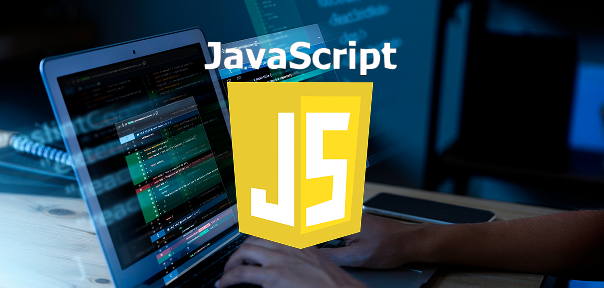
View Course

Included with Pro+ Subscription

View Course

Included with Pro+ Subscription
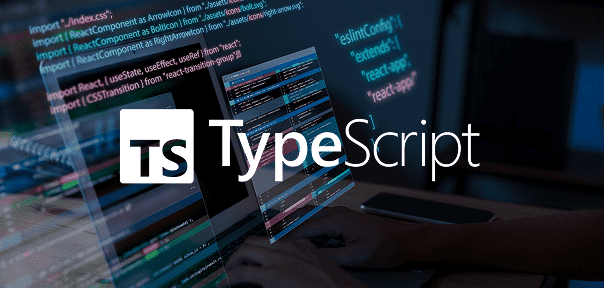
View Course

Included with Pro+ Subscription


View Course

Included with Pro+ Subscription

View Course

Included with Pro+ Subscription
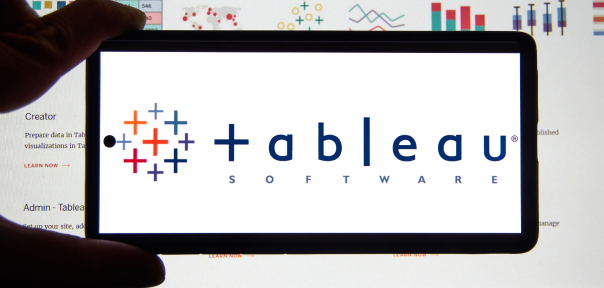
View Course

Included with Pro+ Subscription
.png)
View Course

Included with Pro+ Subscription

View Course

Included with Pro+ Subscription

View Course

Included with Pro+ Subscription

View Course

Included with Pro+ Subscription

View Course

Included with Pro+ Subscription

View Course

Included with Pro+ Subscription
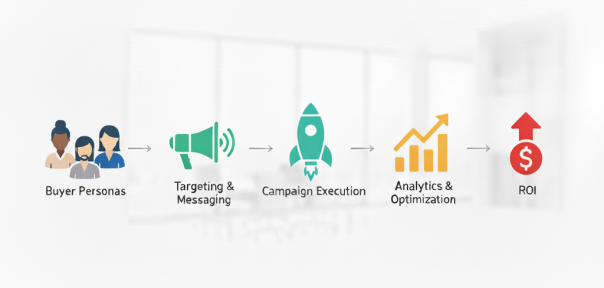
View Course

Included with Pro+ Subscription
.jpg)
View Course

Included with Pro+ Subscription
.jpg)
View Course

Included with Pro+ Subscription
.jpeg)
View Course

Included with Pro+ Subscription
.jpg)
View Course

Included with Pro+ Subscription
.png)
View Course

Included with Pro+ Subscription


View Course

Included with Pro+ Subscription


View Course

Included with Pro+ Subscription


View Course

Included with Pro+ Subscription
.png)
View Course

Included with Pro+ Subscription
.jpg)

.jpg)

.png)

View Course

Included with Pro+ Subscription
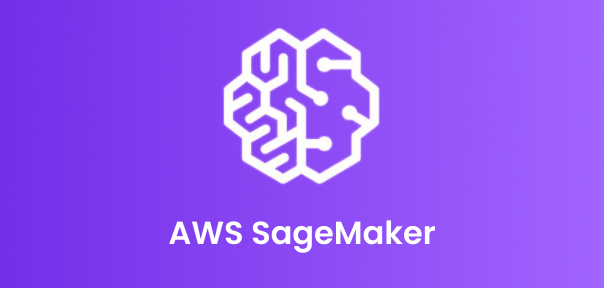

View Course

Included with Pro+ Subscription
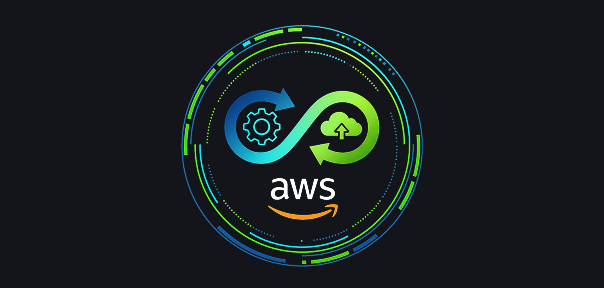
View Course

Included with Pro+ Subscription

View Course

Included with Pro+ Subscription

View Course

Included with Pro+ Subscription
.png)
View Course

Included with Pro+ Subscription
.png)
View Course

Included with Pro+ Subscription
.png)
View Course

Included with Pro+ Subscription
Popular


View Course

Included with Pro+ Subscription

View Course

Included with Pro+ Subscription
.jpg)
View Course

Included with Pro+ Subscription


View Course

Included with Pro+ Subscription


View Course

Included with Pro+ Subscription

View Course

Included with Pro+ Subscription

View Course

Included with Pro+ Subscription

View Course

Included with Pro+ Subscription
AI & Generative AI

View Course

Included with Pro+ Subscription

View Course

Included with Pro+ Subscription

View Course

Included with Pro+ Subscription
.jpg)
View Course

Included with Pro+ Subscription

View Course

Included with Pro+ Subscription


View Course

Included with Pro+ Subscription


Microsoft Courses


View Course

Included with Pro+ Subscription


View Course

Included with Pro+ Subscription


View Course

Included with Pro+ Subscription


View Course

Included with Pro+ Subscription


View Course

Included with Pro+ Subscription


IT & Software
.jpg)
View Course

Included with Pro+ Subscription
.png)
View Course

Included with Pro+ Subscription

View Course

Included with Pro+ Subscription

View Course

Included with Pro+ Subscription

View Course

Included with Pro+ Subscription

View Course

Included with Pro+ Subscription

View Course

Included with Pro+ Subscription

View Course

Included with Pro+ Subscription

View Course

Included with Pro+ Subscription
.png)
View Course

Included with Pro+ Subscription
.png)
View Course

Included with Pro+ Subscription

View Course

Included with Pro+ Subscription

View Course

Included with Pro+ Subscription

View Course

Included with Pro+ Subscription

View Course

Included with Pro+ Subscription

View Course

Included with Pro+ Subscription


View Course

Included with Pro+ Subscription

View Course

Included with Pro+ Subscription

View Course

Included with Pro+ Subscription


View Course

Included with Pro+ Subscription


View Course

Included with Pro+ Subscription
 (1).png)
View Course

Included with Pro+ Subscription
Data Science & ML


View Course

Included with Pro+ Subscription

View Course

Included with Pro+ Subscription

View Course

Included with Pro+ Subscription
.png)
View Course

Included with Pro+ Subscription

View Course

Included with Pro+ Subscription

View Course

Included with Pro+ Subscription
Management

View Course

Included with Pro+ Subscription

View Course

Included with Pro+ Subscription

View Course

Included with Pro+ Subscription

View Course

Included with Pro+ Subscription
.jpg)
View Course

Included with Pro+ Subscription
.jpg)
View Course

Included with Pro+ Subscription
.jpeg)
View Course

Included with Pro+ Subscription
.jpg)
View Course

Included with Pro+ Subscription
.png)
View Course

Included with Pro+ Subscription
.png)
View Course

Included with Pro+ Subscription
.png)
View Course

Included with Pro+ Subscription

View Course

Included with Pro+ Subscription
.png)
View Course

Included with Pro+ Subscription
.png)
View Course

Included with Pro+ Subscription
 (1).jpg)
View Course

Included with Pro+ Subscription
.png)
View Course

Included with Pro+ Subscription
Cloud Computing


View Course

Included with Pro+ Subscription


View Course

Included with Pro+ Subscription


View Course

Included with Pro+ Subscription
.png)
View Course

Included with Pro+ Subscription
.jpg)

.jpg)

.png)

View Course

Included with Pro+ Subscription


View Course

Included with Pro+ Subscription

View Course

Included with Pro+ Subscription
.png)



.png)

View Course

Included with Pro+ Subscription



Cyber Security

View Course

Included with Pro+ Subscription

View Course

Included with Pro+ Subscription
.png)
View Course

Included with Pro+ Subscription
.png)
View Course

Included with Pro+ Subscription
.png)
View Course

Included with Pro+ Subscription
Subscribe to Academy Pro+ & get exclusive features
$25/month
No credit card required
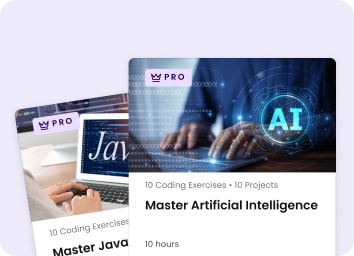
Learn from 40+ Pro courses
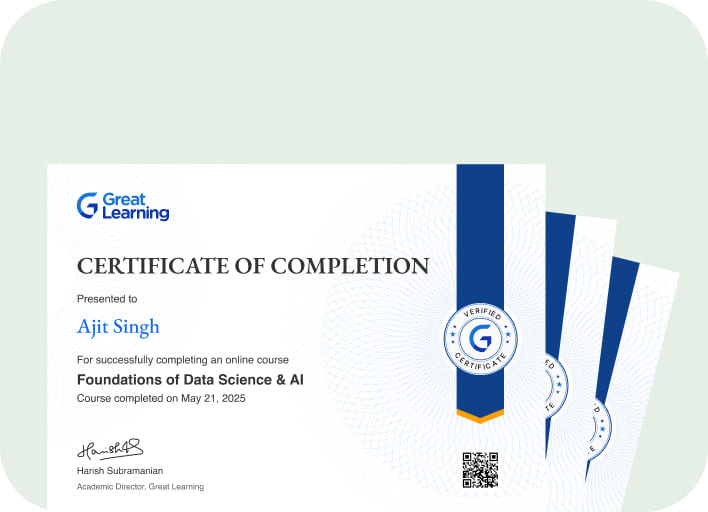
Access 500+ certificates for free
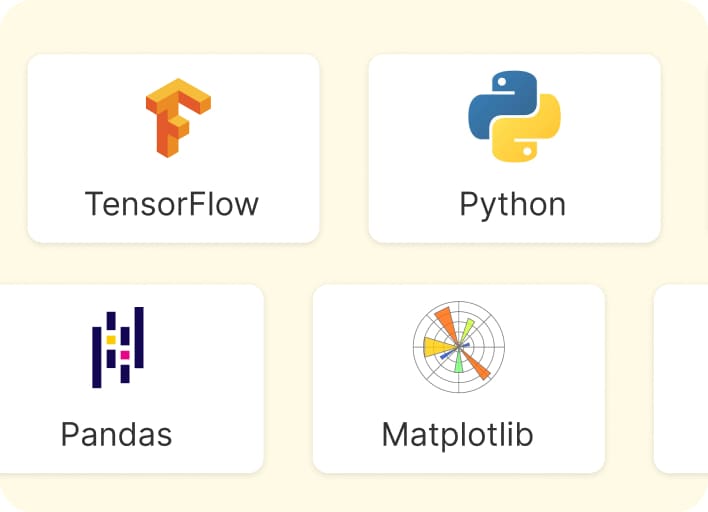
700+ Practice exercises & guided projects
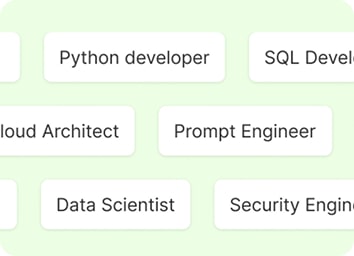
Prep with AI mock interviews & resume builder
Recommended Free Data Structures courses
.jpg)



Similar courses you might like

.jpg)


Relevant Career Paths >
Java Data Structures
What is Data Structure?
The literal meaning of data structures is organizing the data in memory. There are various ways by which one can organize the data in memory; one example is an array. Array in java is a collection of memory elements where data is sequentially stored. In other words, the array stores elements in a continuous manner. There are other many other ways to organize data in memory, which are:
- Primitive data structure
- Non-primitive data structure
Primitive Data Structure
The primitive data structures are primitive data types that include int, char, float, double, and pointer. These primitive data structures can hold a single value.
Non-Primitive Data Structure
The non-primitive data structure is divided into two types:
- Linear data structure
- Non-linear data structure
The arrangement of data in a sequential manner is known as a linear data structure. The data structures used for this purpose are Arrays, Linked lists, Stacks, and Queues. In these data structures, one element is connected to only one another element in a linear form.
Data structures can also be classified as:
- Static Data Structure: The size of static data structures is allocated at the time of compiling, and therefore, the maximum size is fixed. That is the reason it is called a static data structure.
- Dynamic Data Structure: The size of the dynamic data structures is allocated at the run time, and therefore, the maximum size is flexible. That is the reason it is called a dynamic data structure.
Benefits of Data Structures
Data Structures possess various advantages for professionals in the field of Java development. The reasons one should learn Data Structures and Algorithms are:
- Efficiency- Given the choice of the data structure for implementing a particular ADT is the right one, and it makes the program efficient for time and space.
- Reusability- Data Structures provide reusability as multiple programs can use the same data structures.
- Abstraction- The Data Structure provides a level of abstraction where clients cannot see the internal working of data structure and hence do not have to worry about its implementation.
What is an Algorithm?
Algorithms were historically used as mathematical computation tools that are deeply connected with computer science and data structures. An algorithm is a sequence of instructions followed to accomplish a task in a specified time period. They have some values that are mentioned below:
- Receive zero or more inputs
- Produce one or more outputs
- Consist of clear instructions, no ambiguity
- Terminates after a finite number of steps
While programs might be algorithmic in nature, some programs would not terminate without external intervention. There are criteria for code sequences to qualify as algorithms. One example of a code sequence that qualifies as an algorithm is the one that prints a report. Another example is Euclid’s algorithm, which calculates the mathematical greatest common divisor. Essentially, algorithms are a data structure’s basic operations.
About The Program
The Java Data Structures course curriculum covers the basics of data structures and algorithms in Java. The algorithms covered in detail are recursion, searching, sorting, and more. It will also cover the various data structures and algorithms in Java concepts such as Arrays, Linked Lists, Stacks, and Queues. The concepts are taught with hands-on coding exercises and practical learning.
The instructor will also help you prepare for coding interviews by helping you tackle common coding problems. The Data Structures and Algorithms free course will help you learn the concepts and prepare for employment in the Java coding domain. You will also understand the nuances of the calculation of complexity in a code.
Upon completing the data structures and algorithms in the Java free course, you will receive a certificate by Great Learning that you could update on your LinkedIn profile and resume.







